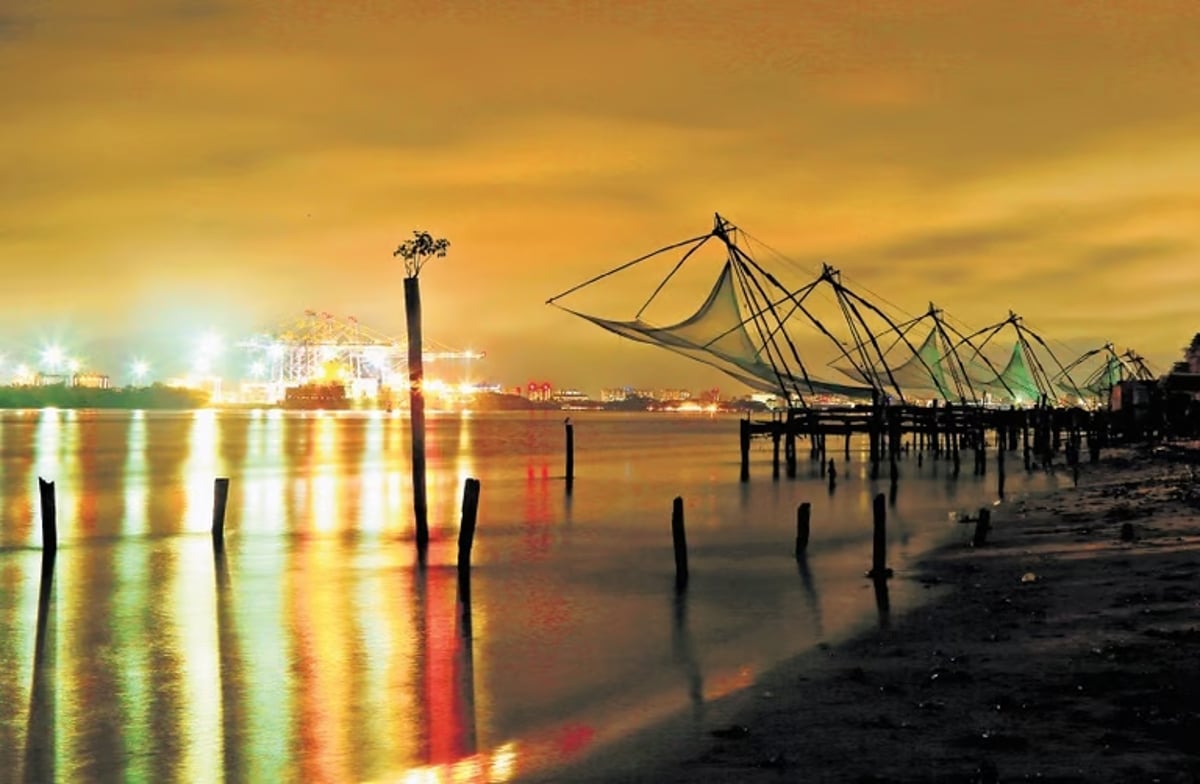
“While it could be argued that the policy is resigned to matters within the city limits, let me tell you this — history and culture do not coil around these arbitrary boundaries. So ideally, we need an initiative that has a wider ambit,” says Sivadathan M P, the director of Kerala Homestay and Tourism Society.
Local peculiarities
Art curator and writer Tanya Abraham advocates for more time. “We can’t expect art and culture to find a stronghold overnight. It is a slow process,” she says. “Also, our efforts have to be sensitive to the local peculiarities.”
Tanya, who is the Kerala representative for FICCI Arts and Culture Committee, also terms the culture policy as a “good start”. “It means, we now know which direction to head,” she adds.
It’s true, good things take time. For instance, the advent of Kochi-Muziris Biennale alone did not overhaul the cultural fabric of the city or instil an embracing of arts as first envisioned. There are many who have not yet attended even a single Biennale.
Aditi Zacharias, the director of Kerala Museum, has a plausible theory of why. “The population of Kochi is predominantly a migrant population. Proposals or initiatives fail when people have no ownership of the city,” she says.
According to her, the policy must solve “the problem of inactive citizenship by linking culture with a sense of belonging.”
Indeed. A truly inclusive cultural policy must recognise and elevate the voices of all communities, ensuring that they are active participants in the cultural discourse, not just passive beneficiaries.
Furthermore, the policy’s focus on large-scale cultural events, such as the Biennale, while important for international visibility, risks overshadowing grassroots cultural movements.
There is little mention of how the policy will support everyday cultural practices and local traditions that may not be as high-profile but are vital to the city’s cultural fabric.
Local committees
“Every panchayat and municipality in Kochi should form a select committee and first identify the heritage structures, local customs, art forms, kaavus (sacred groves, etc. These can then be the pivot for the creative placemaking that the report talks about,” suggests Prof. Shobha Menon, a history enthusiast.
However, unlike Tanya, Shobha recommends haste. “Else, much will be lost by the time the government gets around to preserving them. This has to be done on a war footing,” she says.
The problem is when too many agencies work in isolated silos, points out Vinod M Nambiar, the director of Vayali Folklore Group. “Having a unified policy makes these institutions find a common goal and streamline actions.”
“Now, everyone — including academics and universities — is working on their own islands. So, a common culture policy is a must.”
The policy could also benefit from an overseeing committee, believes B Venugopal, the scientific adviser for the International Council on Monuments and Sites. “It would help our efforts to obtain a Unesco heritage tag for Kochi,” he says. “What has hindered us this long is a lack of coordination between the agencies.”
Implementation
While the vision is expansive, the draft policy falls short of providing concrete strategies for implementation. The document proposes ambitious ideas such as cultural districts, heritage preservation and the integration of culture into public spaces, but it does not adequately outline how these initiatives will be executed.
“Without clear timelines, budget allocations and responsible bodies for implementation, many of the ideas remain theoretical,” says former Kochi mayor K J Sohan.
Kochi, he highlights, has tinkered with several cultural policies in the past. “Not one of them has been implemented in its essence,” he adds.
Kochi’s rapid urbanisation since the 1990s has already strained its infrastructure, and without a clear implementation strategy, many of the proposed cultural initiatives remain confined to paper.
It’s clear. Culture cannot thrive in a vacuum — it requires a supportive ecosystem, which is not fully considered in the policy. So, the question remains: how feasible is it in a city where basic urban services such as waste management, public transportation and affordable housing are still pressing issues?
“Let’s hope this does not turn out to be what we are so used to – a grandiose plan on paper, with little on the implementation,” says Prof. Shailaja Menon, a history enthusiast.
The ray of hope is that the policy is in its draft stage and there are still provisions to make amends. “Those interested can submit their suggestions for the preparation of the policy,” says Kochi Mayor M Anilkumar. “A comprehensive cultural policy document of Kochi will be published by incorporating the suggestions of the public,” he says.
(Written by Ronnie Kuriakose)
